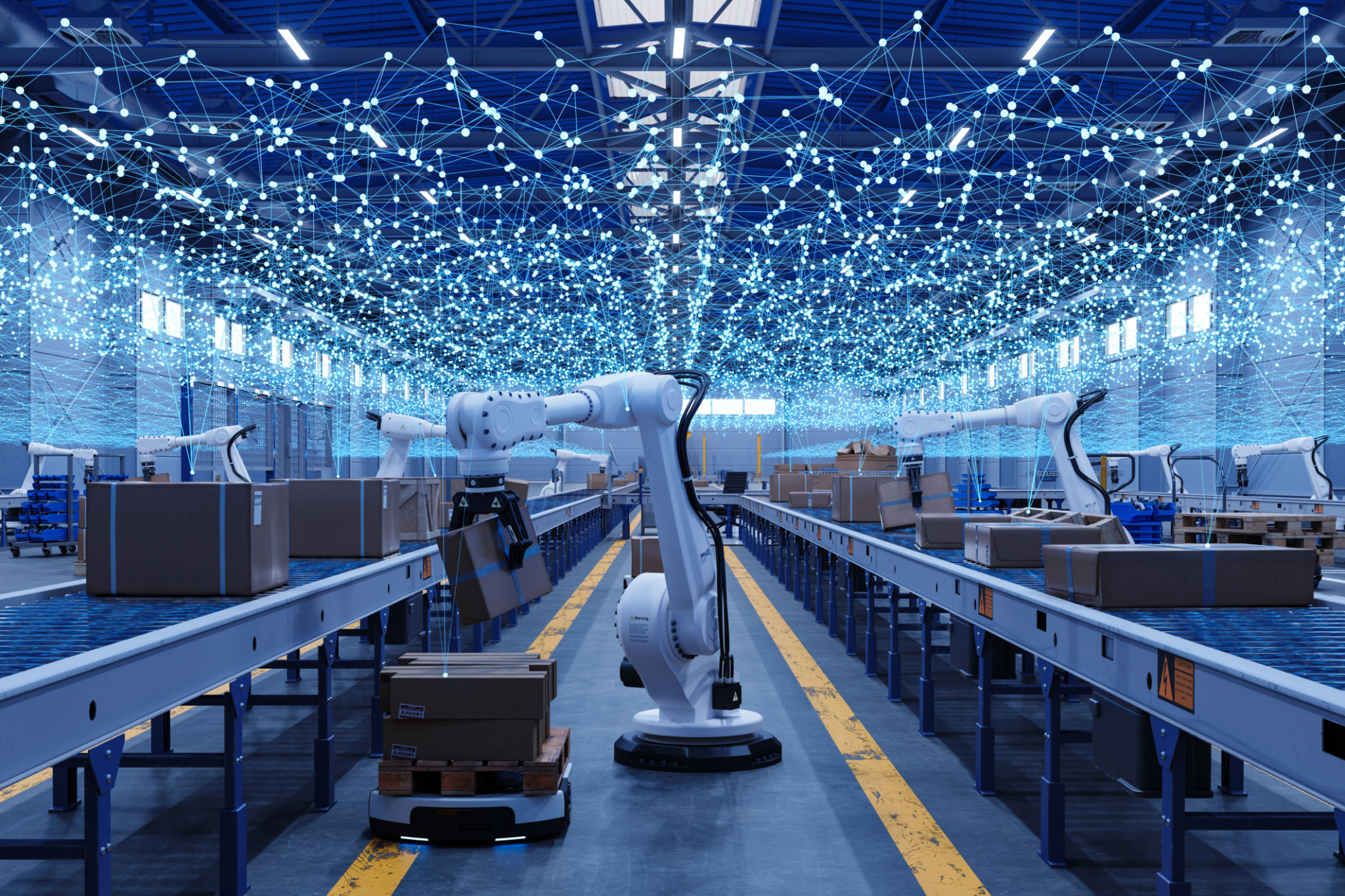The Role of Robotics in Enhancing Workplace Safety: A Guide for Industrial Managers
The Importance of Workplace Safety in Industrial Environments
Ensuring workplace safety is a critical responsibility for industrial managers. Accidents and injuries not only affect the wellbeing of employees but also have significant financial implications for companies. With the advancement of technology, robotics has emerged as a powerful tool to enhance safety standards across various industries.
Robots are designed to perform tasks that are repetitive, dangerous, or require precision beyond human capability. By integrating robotics into the workplace, companies can significantly reduce the risk of accidents and create a safer environment for their employees.

How Robotics Mitigates Workplace Hazards
One of the primary ways robotics enhances workplace safety is by taking on tasks that pose a high risk to humans. Robots can work in environments that are hazardous due to extreme temperatures, toxic substances, or heavy machinery. This reduces the need for human workers to be exposed to such conditions.
Additionally, automation through robotics minimizes human error, which is a leading cause of workplace accidents. Robots programmed with precision can perform tasks consistently without fatigue, reducing the likelihood of mistakes that could lead to injuries.

Implementing Robotics in Industrial Settings
For industrial managers considering the integration of robotics, it's important to understand the specific needs and challenges of their operations. Here are some steps to effectively implement robotics:
- Assessment: Evaluate which tasks are most hazardous and could benefit from automation.
- Selection: Choose the appropriate type of robot for the task, considering factors like size, speed, and functionality.
- Training: Ensure that staff are trained to work alongside robots safely and efficiently.
- Maintenance: Establish a regular maintenance schedule to keep robots operating safely.

The Future of Robotics in Safety Management
The role of robotics in workplace safety is expected to grow significantly in the coming years. Innovations in artificial intelligence and machine learning are enabling robots to become smarter and more adaptable. This means they will be able to handle increasingly complex tasks with heightened safety measures.
For industrial managers, staying informed about the latest advancements in robotics technology is crucial. By doing so, they can continue to enhance safety protocols and maintain a competitive edge in their industry.
In conclusion, the integration of robotics in industrial settings presents a promising opportunity to improve workplace safety. By leveraging technology, companies can protect their workforce while optimizing operational efficiency. Embracing robotics is not just a trend but a strategic move towards a safer and more productive future.